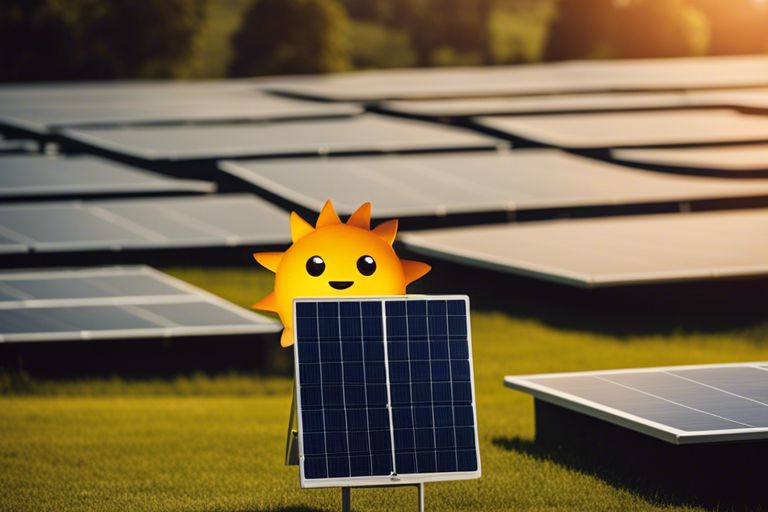What are the negatives of solar power
Just like any other technology, solar power comes with its own set of drawbacks that you should be aware of. Despite its numerous benefits, such as being environmentally friendly and
Energy for A Greener Future

Just like any other technology, solar power comes with its own set of drawbacks that you should be aware of. Despite its numerous benefits, such as being environmentally friendly and